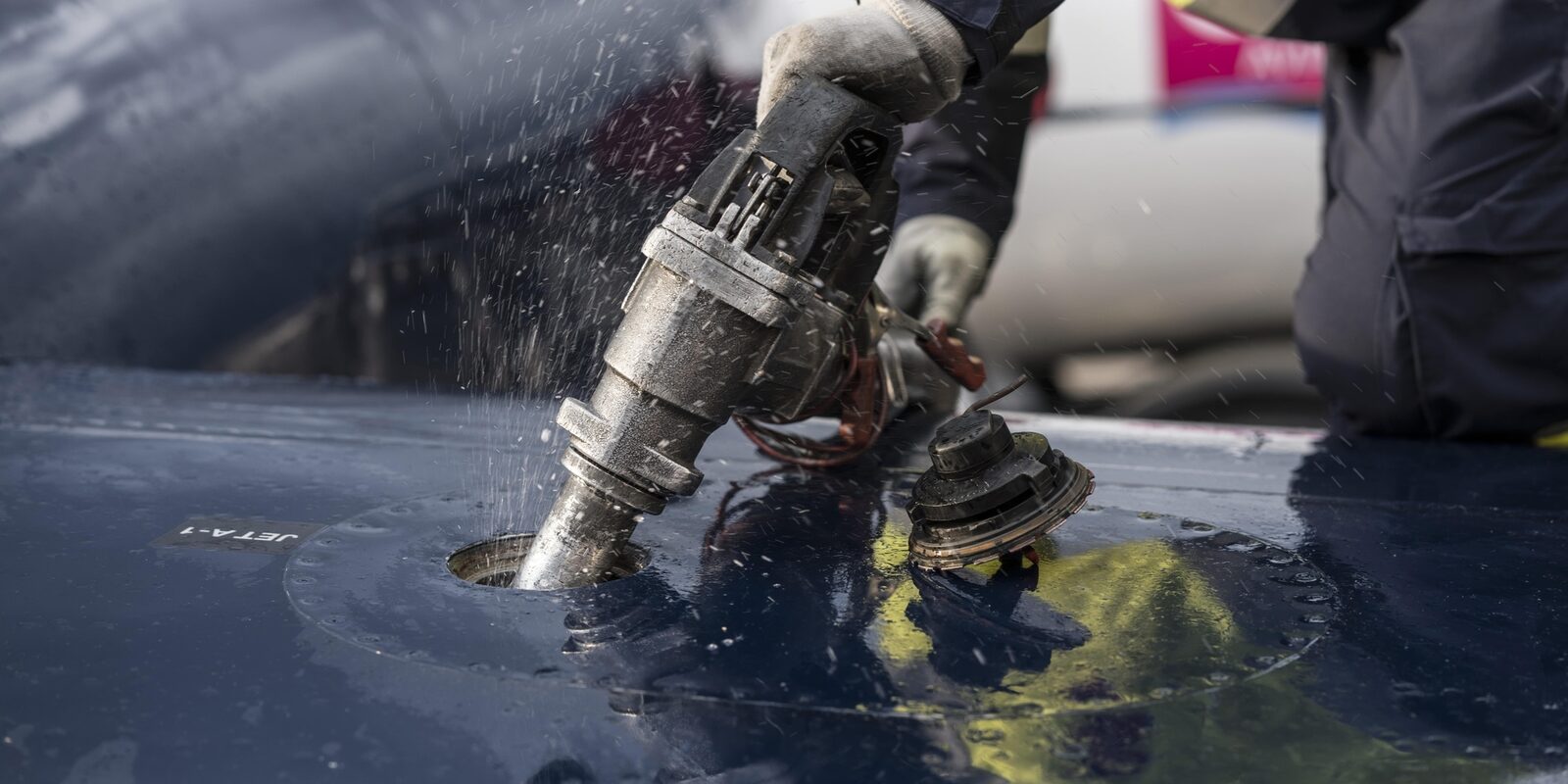

Fuel transfer pumps play a critical role in providing diesel and aircraft fuels to vehicles in the agriculture, construction, and transportation industries. However, operating a fuel transfer pump is a potentially dangerous task if the potential hazards are not attentively addressed. Ensuring safety in usage and maintenance should be a priority, not only to protect your investment but more importantly, to safeguard your team and environment from potential harm.
Before proceeding through this guide to fuel transfer pump safety, it's crucial to understand that pumps are rarely identical. They come in different shapes, sizes, and designs depending on their specific application, and this diversity makes it nearly impossible for any guide to offer detailed instructions and precautions to cover any pump. Instead, we aim to provide you with a comprehensive understanding of the fundamental principles and good practices that underline fuel transfer pump safety.
Before even attempting to operate a fuel transfer pump, you should study its manual with great scrutiny. This is a highly dangerous piece of equipment if you are using it without fully knowing what to do in all circumstances, and it could lead to the pump breaking or harm to yourself and others. Consulting the manual and being aware of each pump’s safety directives will make the process far safer.
Additionally, you should recognise that fuel transfer pumps are designed for one type of material. Do not pump water, corrosive liquids or any other fluids through the pump that are not listed as suitable in the manual, as this can also damage the equipment and endanger yourself.
Protecting yourself and others is crucial to safety, and this includes not just people within the immediate vicinity but also in the location around you. Wear static-resistant clothing such as those made with polyester or cotton and with embedded carbon fibre, and clean up any fuel spills immediately to avoid slip hazards.
Fuel transfer pumps are designed to be used with volatile and flammable liquids, so overheating is a danger to be aware of. Set up the correct environment around you for the fuel transfer process by providing adequate ventilation. Smoking should be prohibited anywhere near the pump, as it could fray sparks that meet explosive fumes if the pump starts to overheat.
Priming the fuel transfer pump is essential to preserving the seal when operating. Priming should take place before operation. Each pump is primed differently, so it is best to consult the manual for how to prime your specific pump. The pump will not prime when dry.
At Hydromarque, our centrifugal fuel transfer pumps are all self-priming to remove the hassle of manually priming. You can automatically take care of priming by switching to its dedicated mode.
Final checks need to be made, which are unique to each pump model and will be included in the manufacturer manual. Before doing so, you should shut off the power to the motor and remove the pump from any connections to ensure the pump is out of operation.
When operating a fuel transfer pump, do not overuse it while having a closed discharge valve. While it may be closed to increase pressure, having it closed for long periods can cause the pump to overheat and damage components or even boil the liquid to a rupture or explosion.
More detailed instructions as to the specific intricacies of operating your fuel transfer pump will be found in the pump manual.
Operating a pump with the valves in the suction or discharge lines closed may lead to overheating, posing significant safety hazards. Such overheated pumps can result in severe burns and injuries, and may even generate explosive fumes.
In the event of overheating, it's crucial to immediately halt the pump operation, ventilate the surrounding area, and wait until the pump has entirely cooled down. Always verify the temperature before opening any components such as covers, plates, gauges, or plugs.
It's important not to disassemble plates, covers, gauges, or fittings from an overheated pump. The liquid within could have reached boiling temperatures and the vapour pressure inside can cause detached parts to be forcefully ejected, presenting a potential risk. Once the pump has cooled down, drain the liquid by removing the casing drain plug, exercising extreme caution to prevent injury from the hot liquid.
If any part of your fuel transfer pump is damaged, repair it immediately to avoid a major safety hazard. Hydromarque not only supplies fuel transfer pumps but provides and installs spare parts should any mishaps occur in the product. We keep parts in-house so that you can get your parts installed either the same or the next day.
Find out more about our parts and repair service today to see how we can help you.
At Hydromarque, we have been working with fuel transfer pumps from Gorman-Rupp long enough to know them like the backs of our hands. We’re the UK’s premier destination for quality pumping solutions, and that’s in large part due to our world-class lineup of equipment from Gorman-Rupp, Cornell and Wallwin. Want to learn more about our products and services? Contact us to find out what the UK’s best pumping solutions team can do for you.
Get in touch
Get in touch with one of our technical experts today who would be happy to assist you.
© 2026 - Hydromarque. All rights reserved.